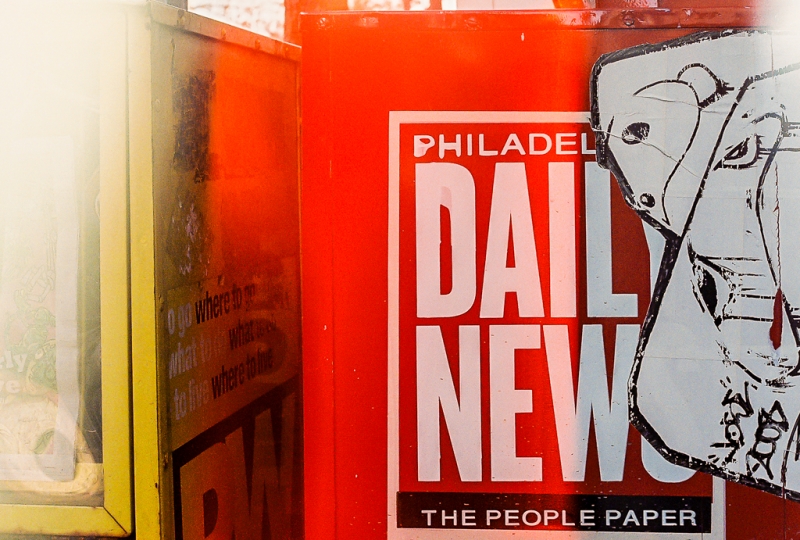Thirty-Five Millimeter Film and Broken Mirrors
While going through my older photo files I came across a collection of film scans. I think they were taken with a toy camera or maybe a damaged AE-1 loaded with cheap film. They have a look about them I quite enjoy. I suppose I could replicate this look easily enough in Photoshop or whatever, but I don't think it would occur to me to do so. Digital and film tend to lend themselves to certain looks.
These film snaps inspired me to get back to my roots a little. I cleaned up one of my old Canon AE-1 film cameras and started carrying it around with me instead of my Nikon D7000 digital. Working with 35mm film is very different from digital. There's no image review with histogram to check your work. Your ISO is essentially locked down for the entire roll, so you can't bump it up and down to deal with variable lighting conditions. And, let's not forget, each and every shot costs a fair amount of money when you factor in processing expenses. These built-in constraints quickly found me thinking about my framing and exposure compensation more thoroughly. This required me to slow down and choose my shots in a more considered fashion. Slowing down caused me to look more carefully. The end result was I saw more.
I was having a great go of this all until the shutter mirror cracked. These things happen. It's a very old camera and overdue for retirement anyhow. I've been doing a little research and it looks like I can pick up a decent medium format camera on the cheap if I buy used. The supplies for developing and scanning your own film aren't especially costly. You can get a changing bag and a couple daylight developing tanks for well under $100. Chemistry for developing is affordable too. I haven't looked deeply into scanners, but it seems like there are a few pretty good dedicated machines available on a budget. I'm not rushing right out this minute to buy a bunch of equipment, but I do hope to be dabbling a little by my Birthday.
